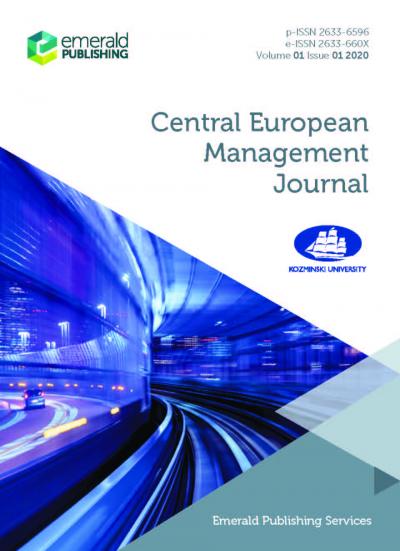Estimating R&D Returns In Health Care Industry
Waldemar Karpa
Kozminski University
Jakub Nowakowski
Kozminski University
2018 26 (2) Central European Management Journal
DOI 10.7206/jmba.ce.2450-7814.227







